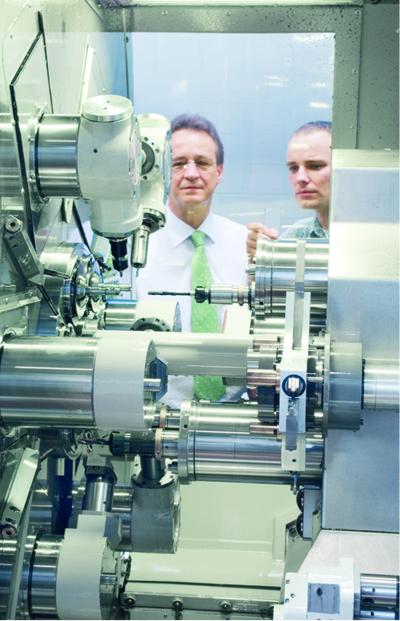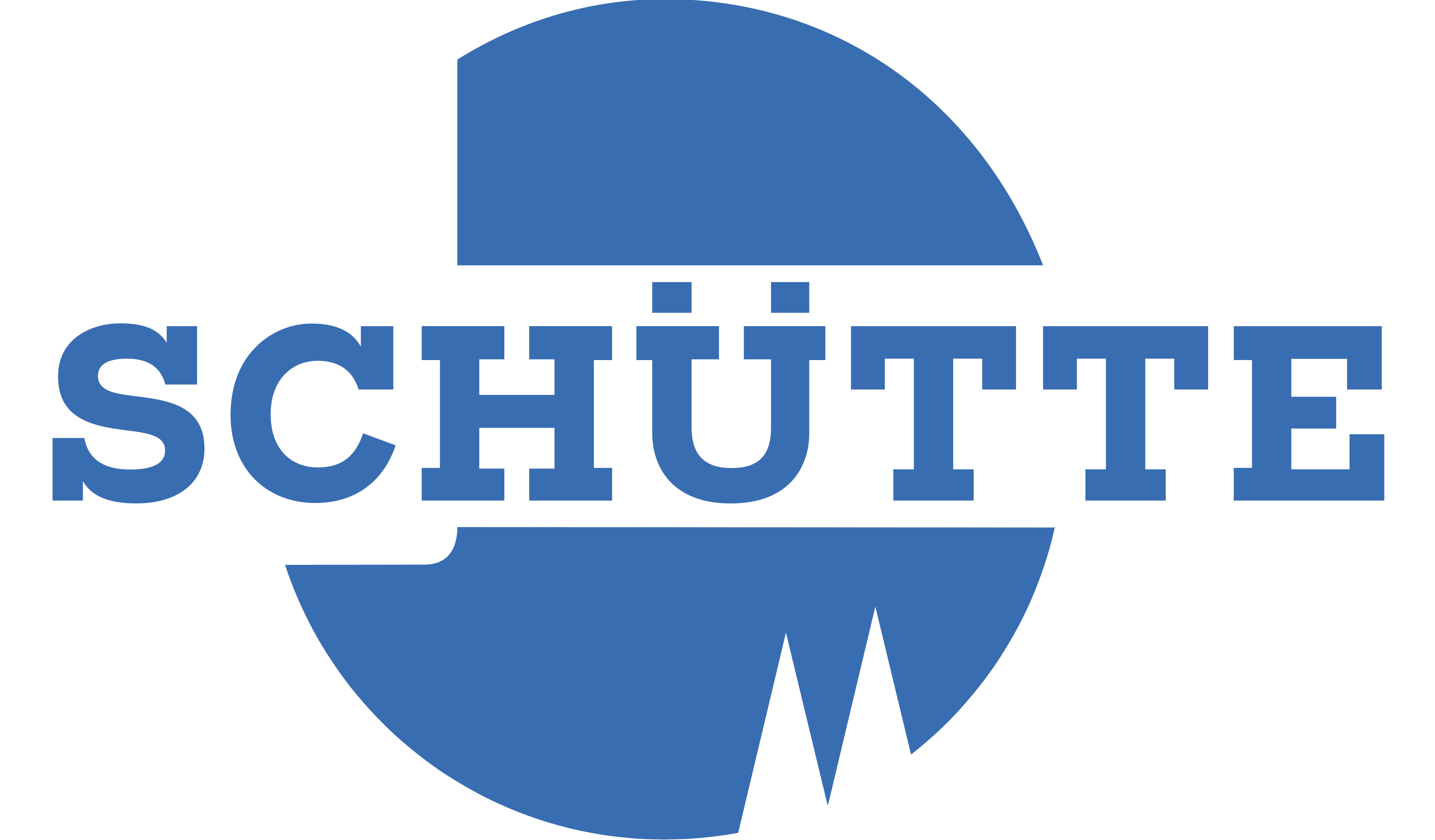
Schütte sells the SCX multiple-spindle automatic lathe. In today’s industrial production, more complex workpieces are being produced in smaller batch sizes and shorter life cycles. To remain competitive, manufacturers have to react quickly and flexibly to market requirements.
These conditions have been met with the creation of Schütte’s multispindle automatic lathes. Everything that is not directly related to the production of workpieces has been eliminated from the machining area. There are no drives, cables, slides, lubrication lines or cooling lines within the tooling area. The clean and freely accessible machining area provides clients with the greatest possible configuration flexibility and the simplest retooling and tool retrofitting.
The SCX from Schütte offers several benefits. Some of these are free speed selection and free falling chips. Furthermore, extended machining options are available on the second workpiece side through exact transfer and three additional spindles. Expansion of the machining range is achieved through extended rear-side machining including C-axis and Y-axis. Lastly, multispindle production provides clients with a variety of workpiece geometries.
Contact Details
Related Glossary Terms
- lathe
lathe
Turning machine capable of sawing, milling, grinding, gear-cutting, drilling, reaming, boring, threading, facing, chamfering, grooving, knurling, spinning, parting, necking, taper-cutting, and cam- and eccentric-cutting, as well as step- and straight-turning. Comes in a variety of forms, ranging from manual to semiautomatic to fully automatic, with major types being engine lathes, turning and contouring lathes, turret lathes and numerical-control lathes. The engine lathe consists of a headstock and spindle, tailstock, bed, carriage (complete with apron) and cross slides. Features include gear- (speed) and feed-selector levers, toolpost, compound rest, lead screw and reversing lead screw, threading dial and rapid-traverse lever. Special lathe types include through-the-spindle, camshaft and crankshaft, brake drum and rotor, spinning and gun-barrel machines. Toolroom and bench lathes are used for precision work; the former for tool-and-die work and similar tasks, the latter for small workpieces (instruments, watches), normally without a power feed. Models are typically designated according to their “swing,” or the largest-diameter workpiece that can be rotated; bed length, or the distance between centers; and horsepower generated. See turning machine.

